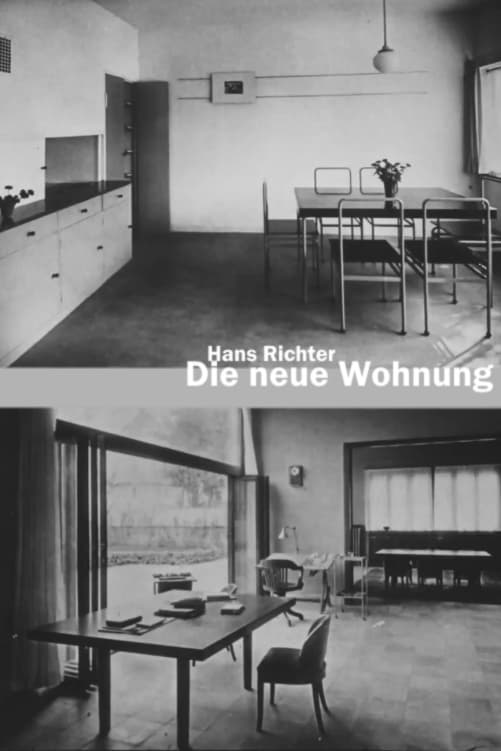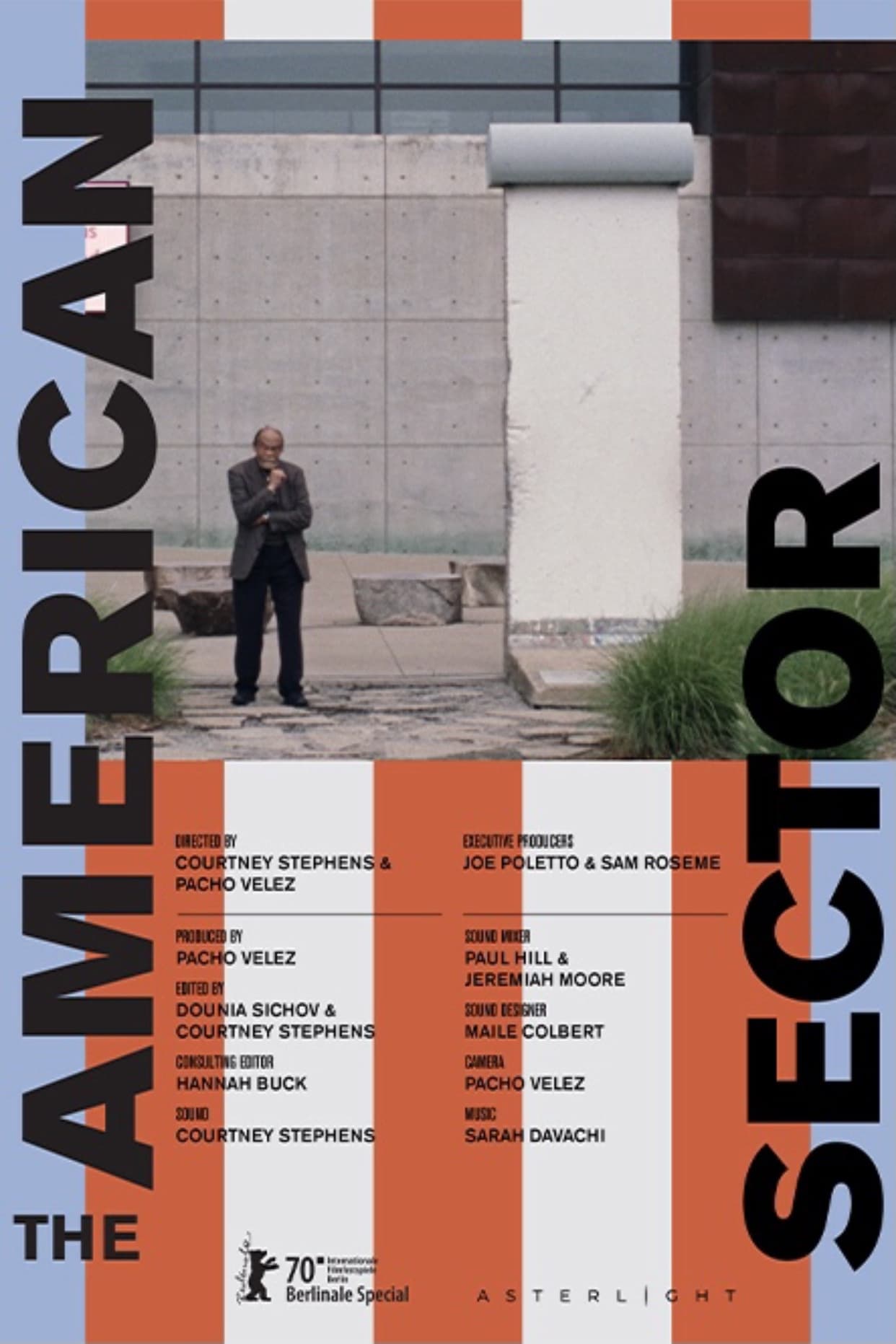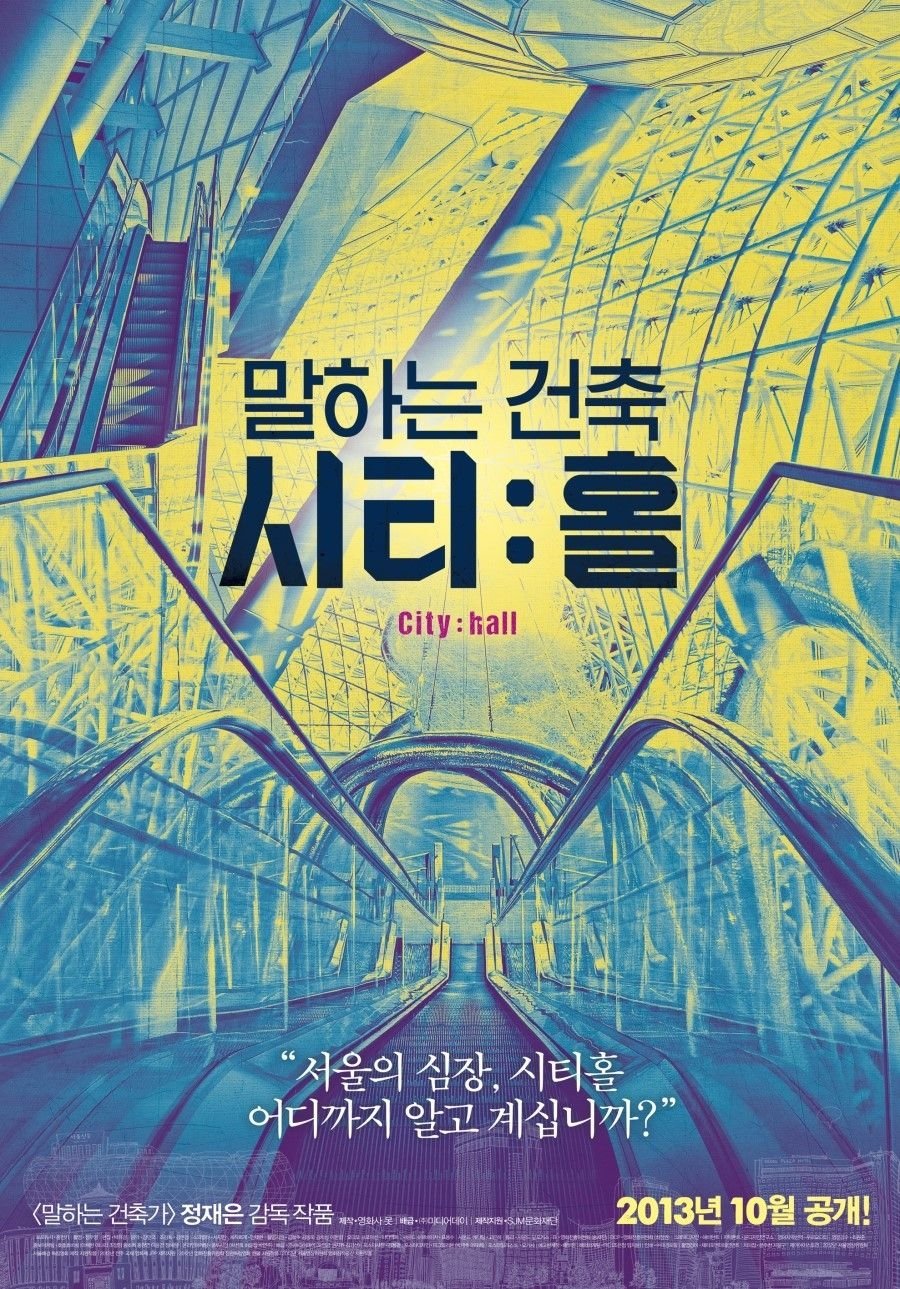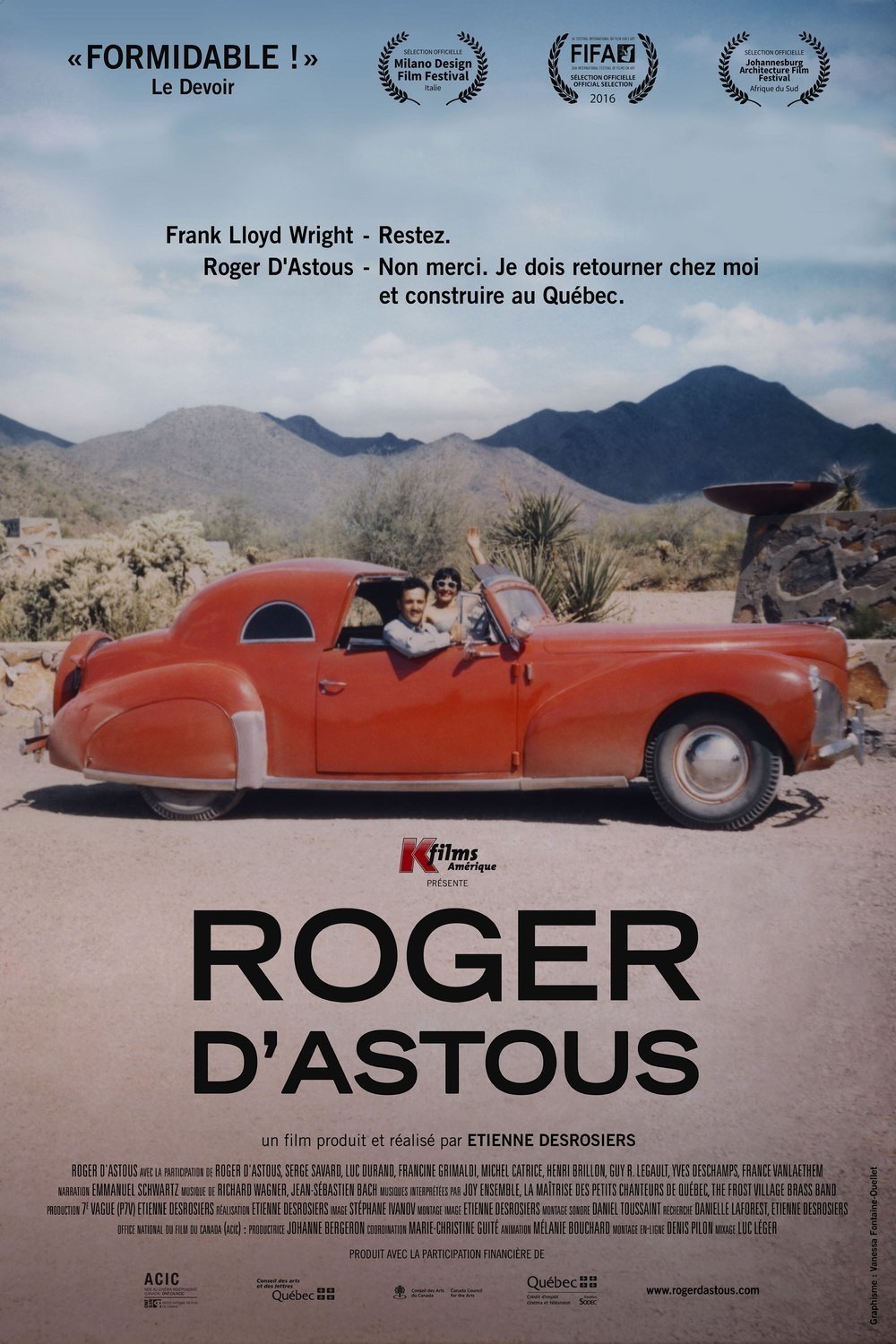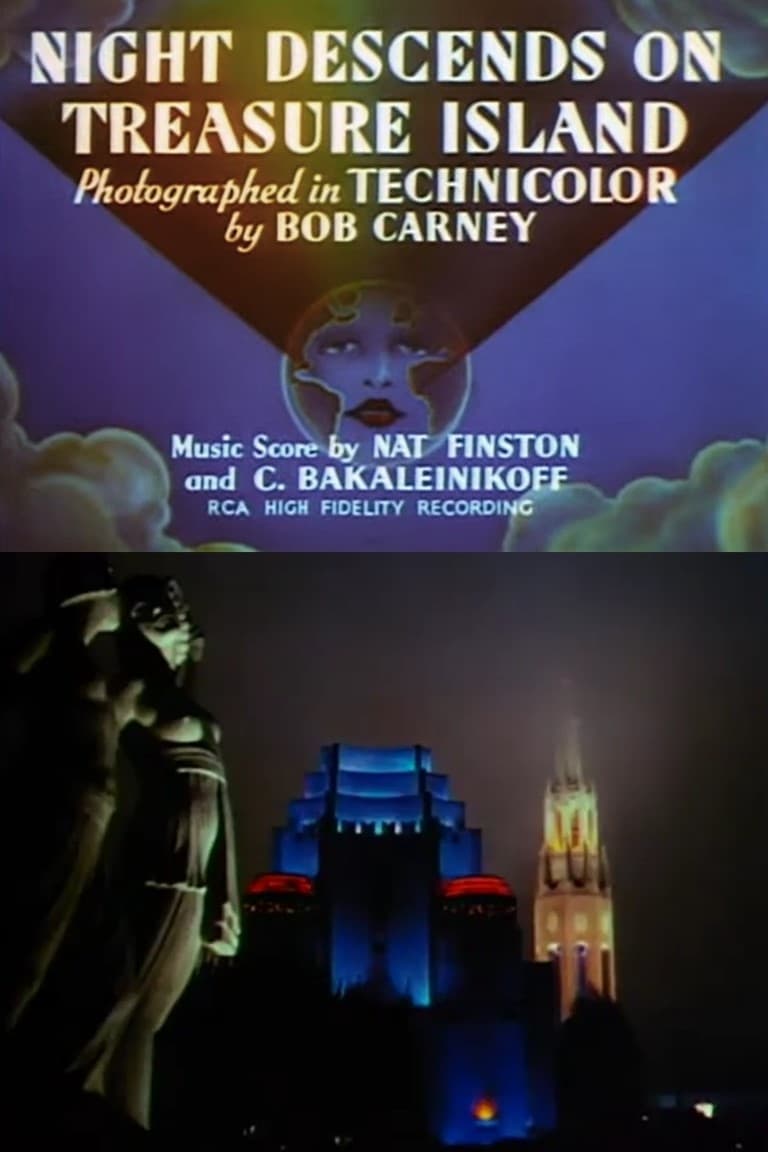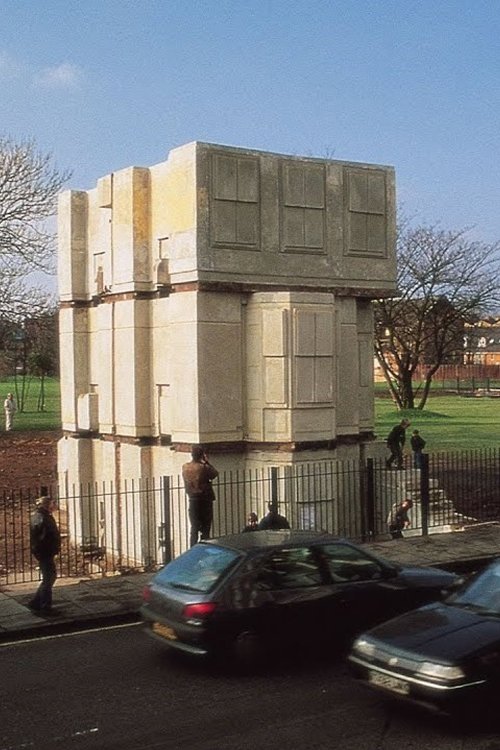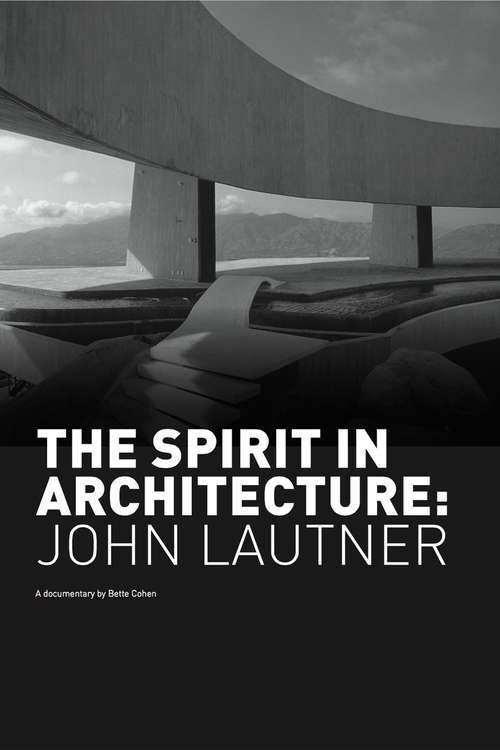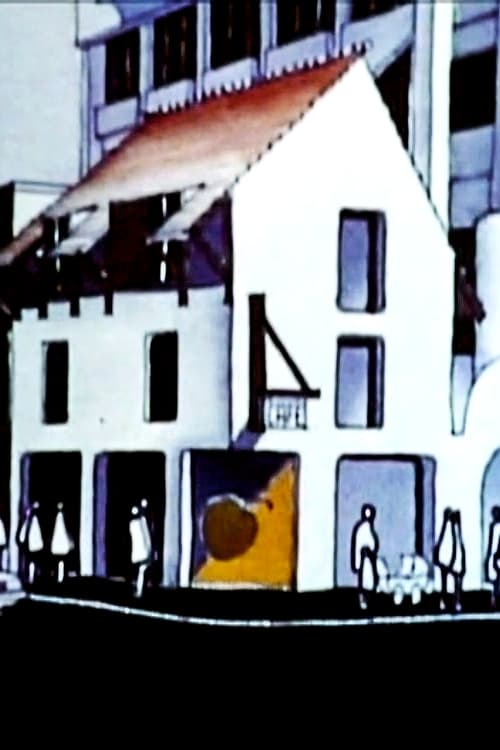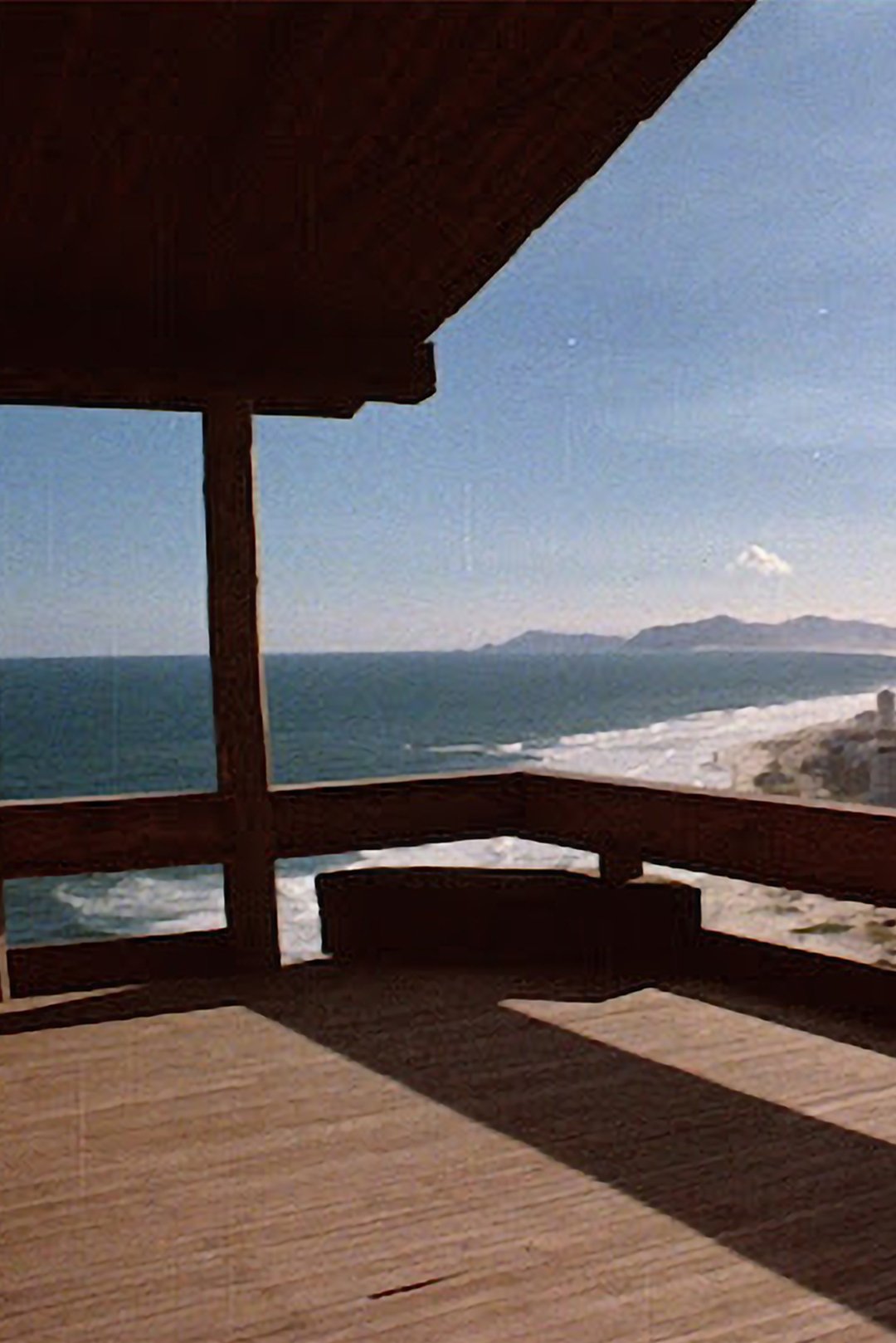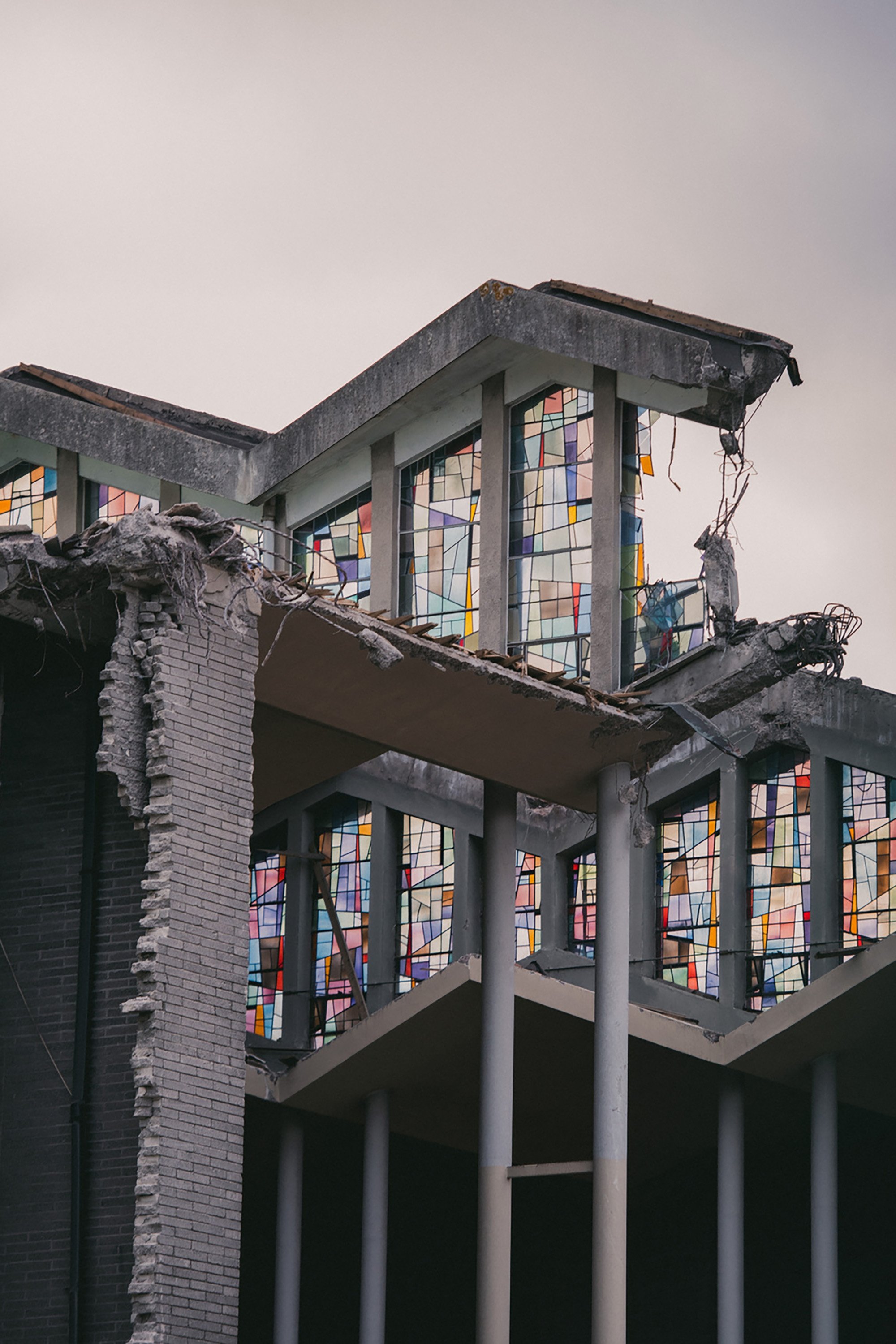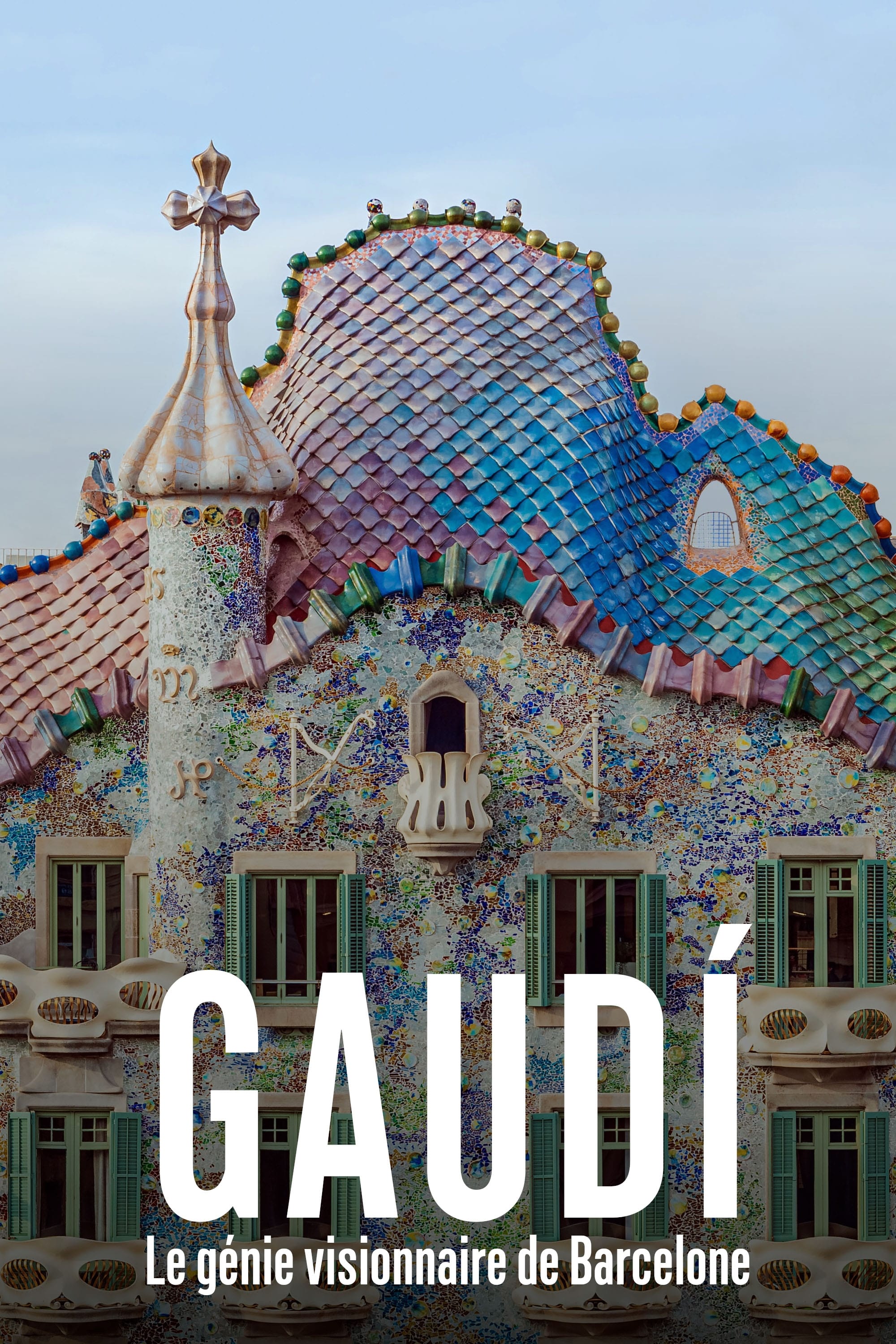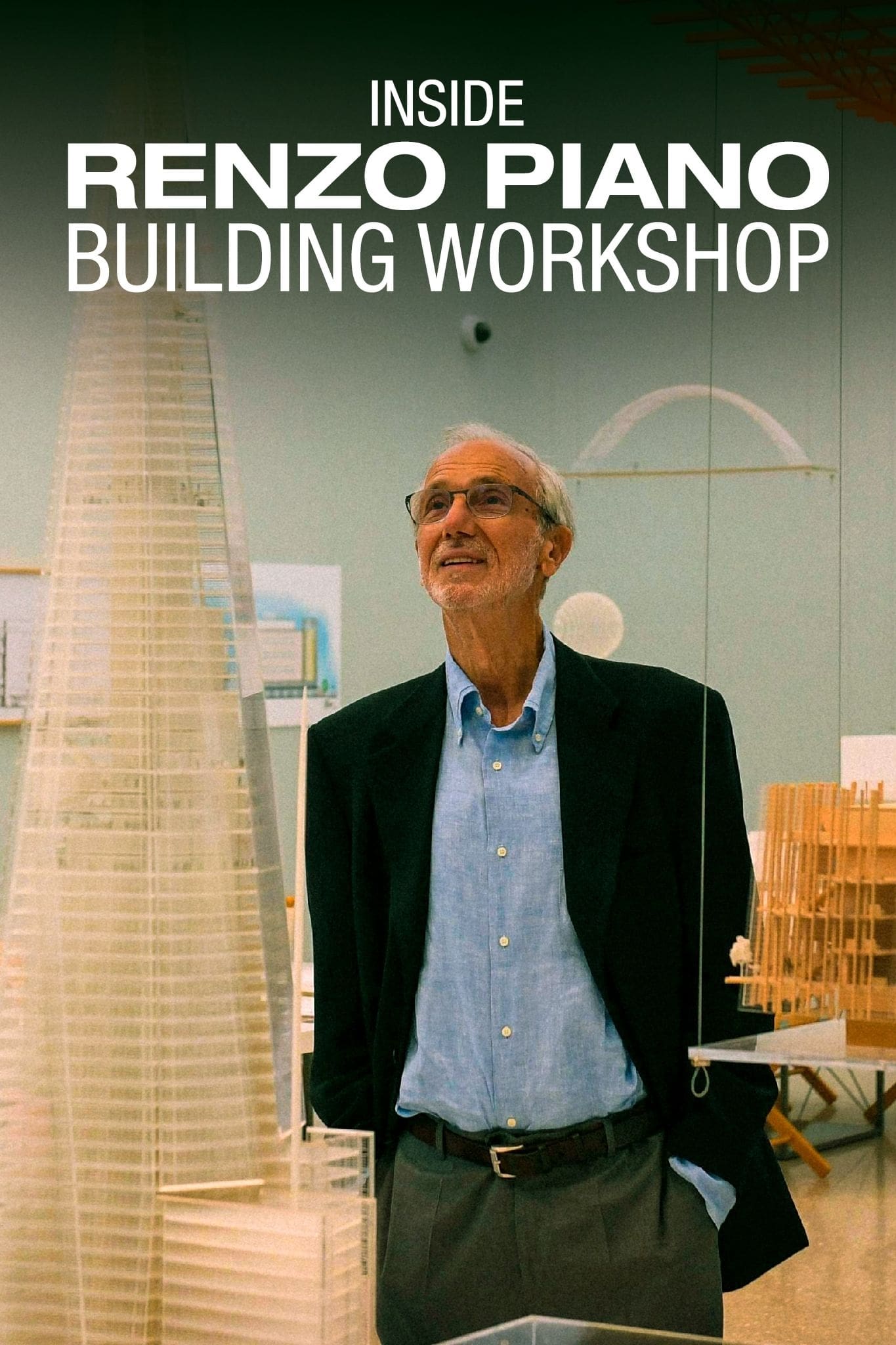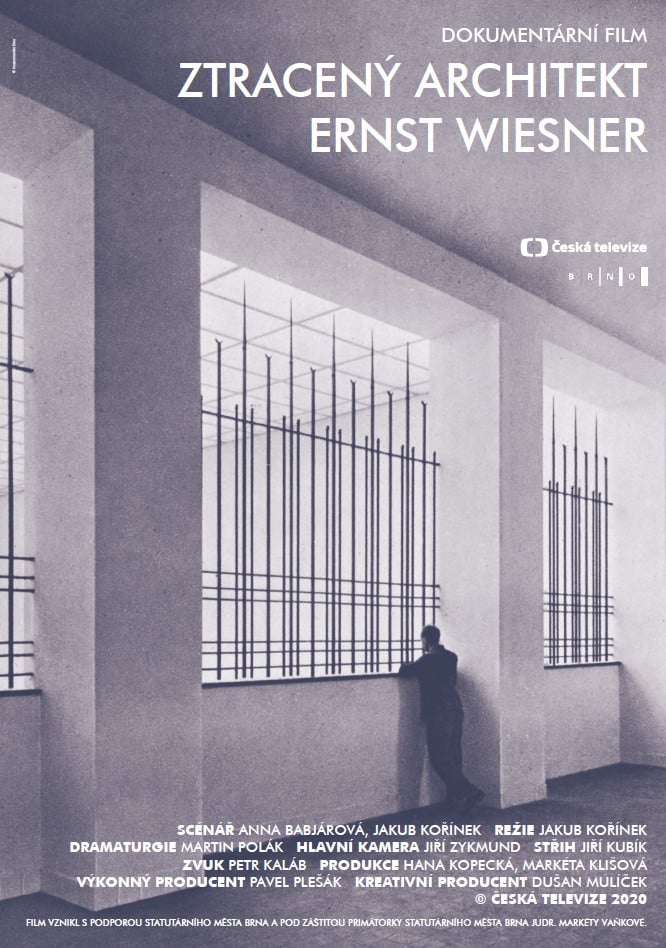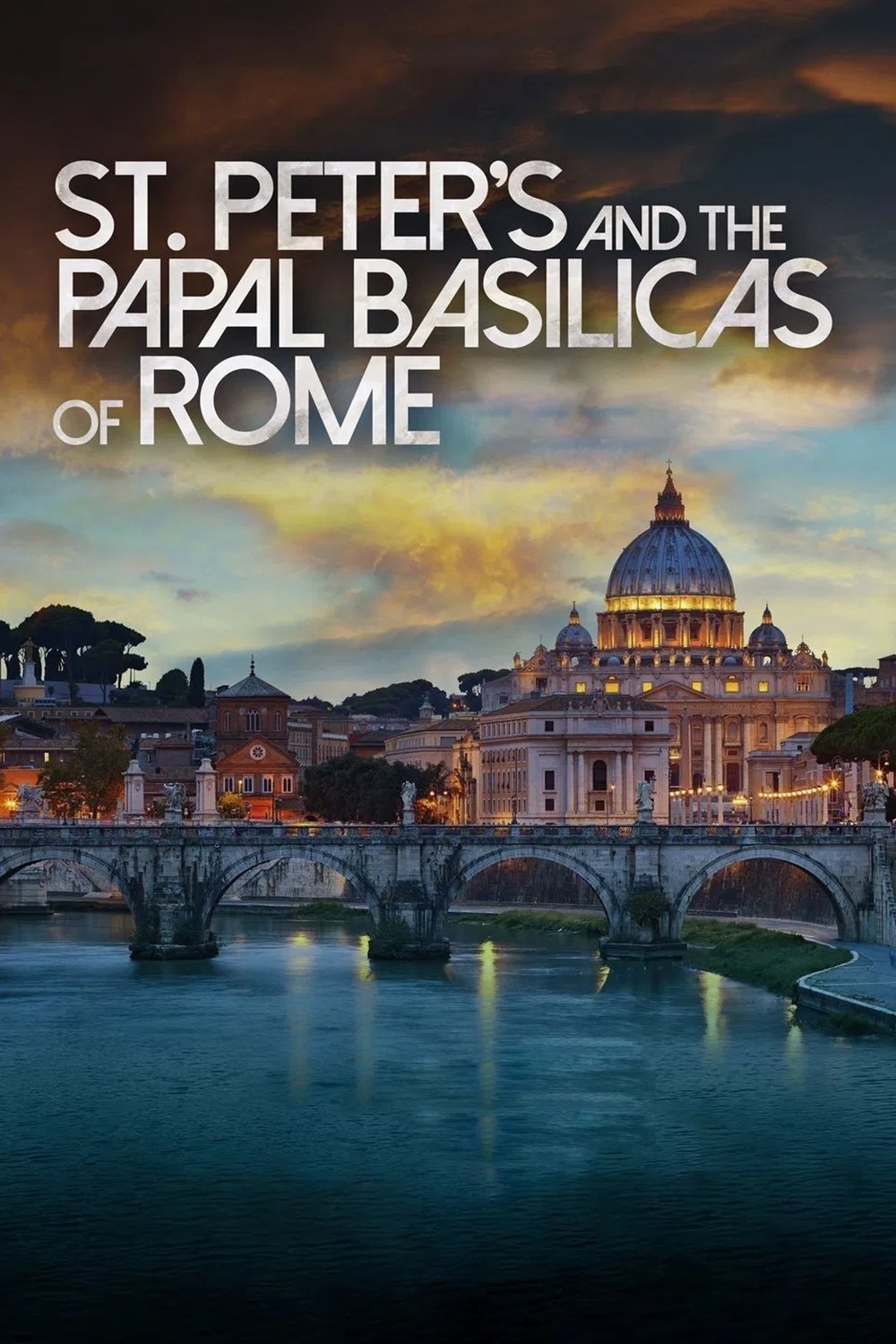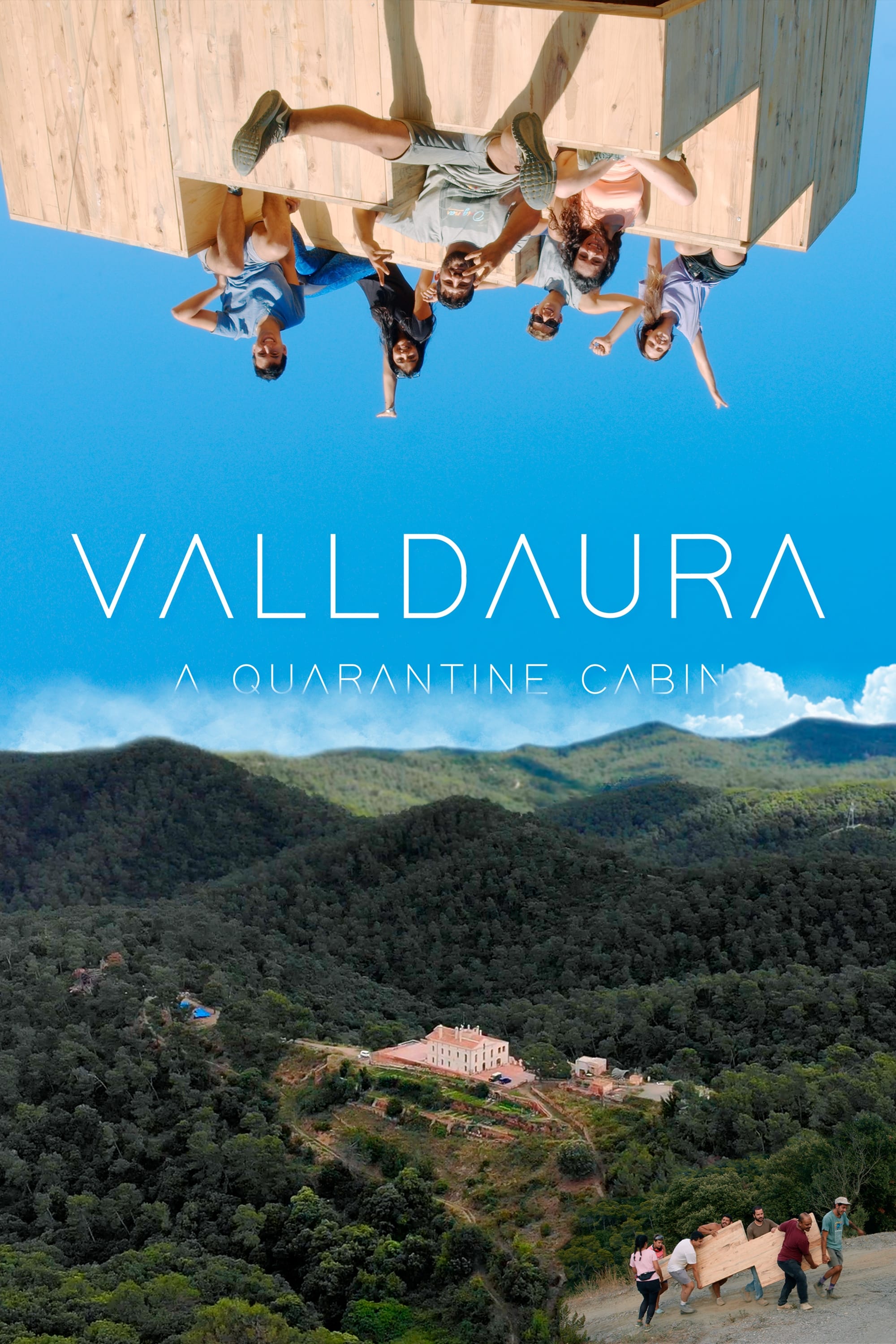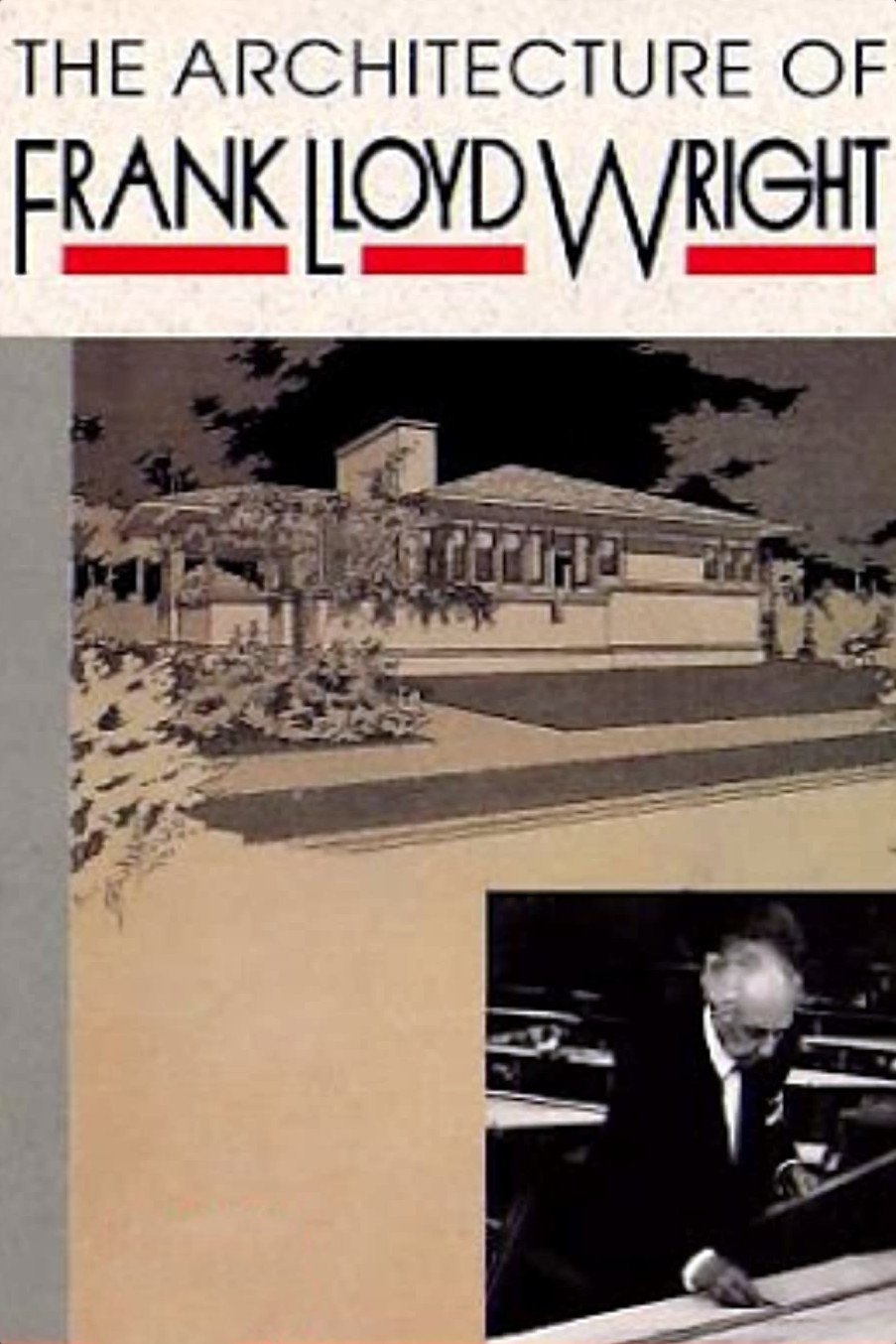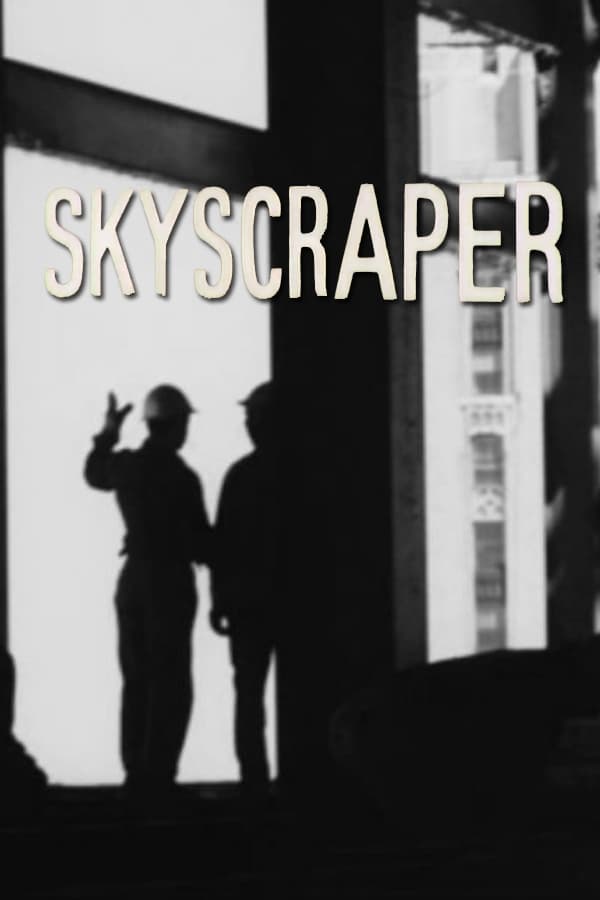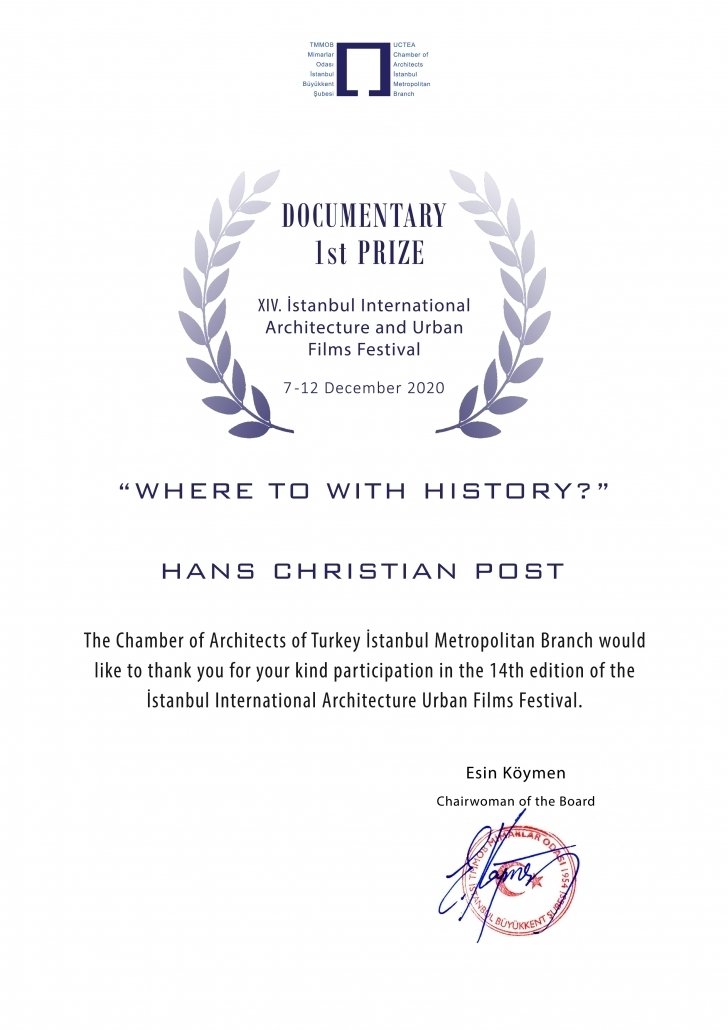
Where to with History? (2020)
Released:
2020-12-12
Duration:
1hr 3min
Genres:
Documentary
Rating 7.0
Overview
Dresden is famous for its attempt to meticulously reconstruct its once bombed-out historical center and bring the colorful baroque settings of the 18th century back to life. It’s infamous for the right-wing-surge that has since 2015 swept the city and made it a center of far-right activity in Germany and Europe. This film is an exploration of where the two intersect.
Production Companies
Additional Info
| Budget | $0.00 |
|---|---|
| Revenue | $0.00 |
| Original Language | de |
| Popularity | 0.0777 |
Directed By
Hans Christian Post
Crew
Director
Hans Christian Post
Hans Christian Post
Producer
Hans Christian Post
Hans Christian Post
Cinematography
Hans Christian Post
Hans Christian Post
Cinematography
Uwe Bohrer
Uwe Bohrer
Editor
Karoline Schulz
Karoline Schulz
Sound
Helen Neikes
Helen Neikes
Camera Operator
Erik Krambeck
Erik Krambeck
